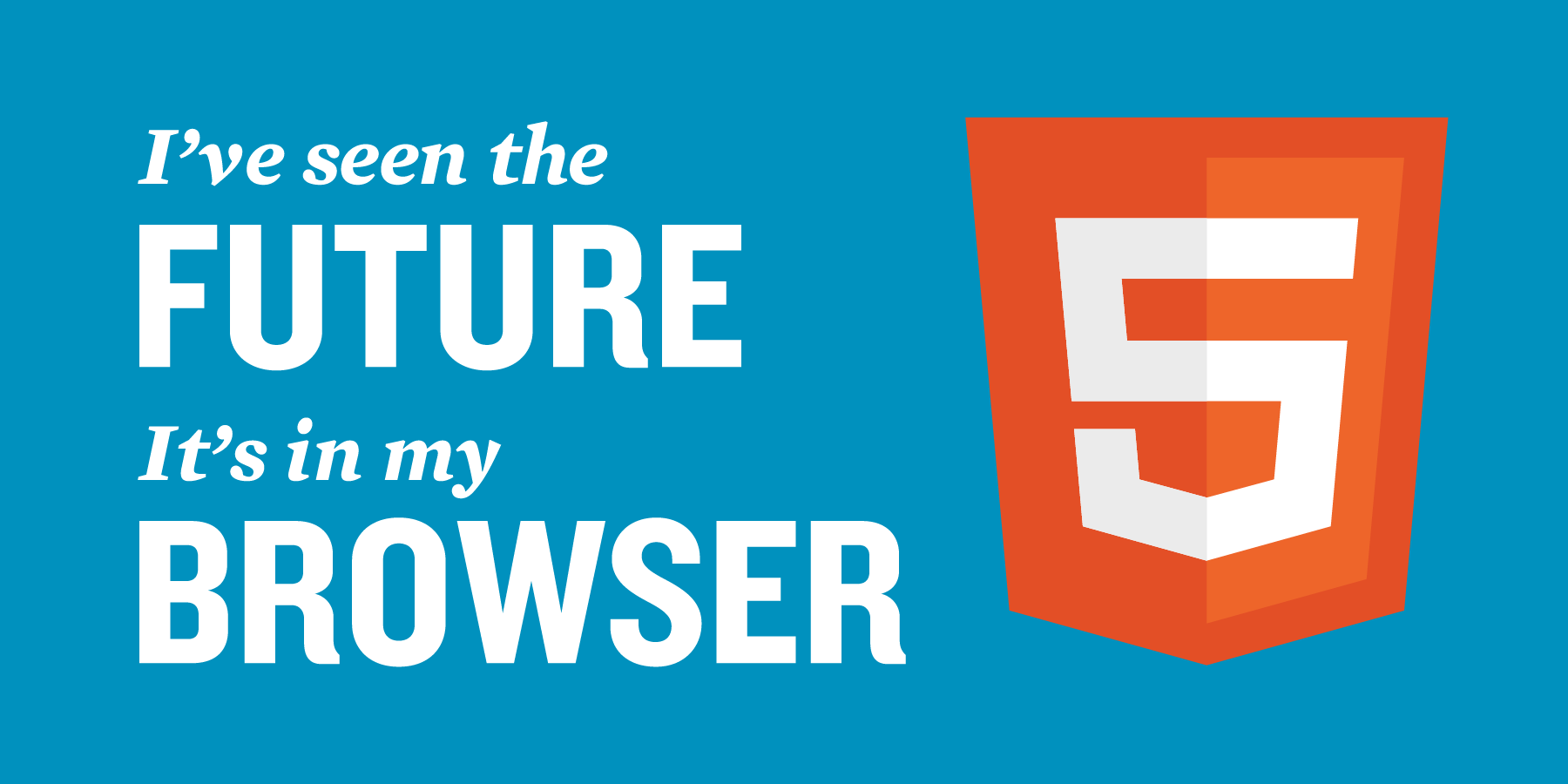HTML5 is a markup language used
for structuring and presenting content on the World Wide Web. It was finalized, and published, on 28 October
2014 by the World Wide Web Consortium (W3C).[2][3] This is the
fifth revision of theHTML standard
since the inception of the World Wide Web. The previous version, HTML 4, was
standardized in 1997.
Its core aims are to improve the language with support
for the latest multimedia while keeping it easily readable by humans and
consistently understood by computers and devices (web browsers, parsers, etc.). HTML5 is intended to subsume not only HTML 4, but also XHTML 1
and DOM Level 2 HTML.[4]
Following its immediate predecessors HTML 4.01 and
XHTML 1.1, HTML5 is a response to the fact that the HTML and XHTML in
common use on the World Wide Web have a mixture of features introduced by
various specifications, along with those introduced by software products such
as web browsers and those established by common practice.[5] It is
also an attempt to define a single markup language that
can be written in either HTML or XHTML. It includes detailed processing models
to encourage more interoperable implementations; it extends, improves and
rationalizes the markup available for documents, and introduces markup and application programming
interfaces (APIs) for
complex web applications.[6] For the same
reasons, HTML5 is also a potential candidate for
cross-platform mobile applications. Many features of HTML5 have been
built with the consideration of being able to run on low-powered devices such
as smartphones and tablets. In December 2011, research firm Strategy Analytics
forecast sales of HTML5 compatible phones would top 1 billion in 2013.[7]
In particular, HTML5 adds many new syntactic features. These include the new
<video>, <audio> and <canvas> elements, as well as the integrationof scalable
vector graphics (SVG) content (replacing
generic <object> tags),
and MathML for
mathematical formulas. These features are designed to make it easy to include
and handle multimedia and graphical content on the web without having to
resort to proprietary plugins and APIs. Other new page
structure elements, such as <main>, <section>, <article>, <header>,<footer>, <aside>, <nav> and <figure>, are designed to enrich thesemantic content
of documents. New attributes have
been introduced, some elements and attributes have been removed and some
elements, such as <a>,<cite> and <menu> have
been changed, redefined or standardized. The APIs and Document Object Model (DOM) are no longer afterthoughts, but
are fundamental parts of the HTML5 specification.[6] HTML5 also
defines in some detail the required processing for invalid documents so that
syntax errors will be treated uniformly by all conforming browsers and other user agents.[8]
Photo Credits to: http://www.w3.org/html/logo/downloads/HTML5_sticker.png
Walang komento:
Mag-post ng isang Komento